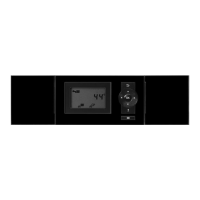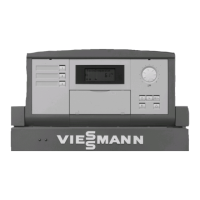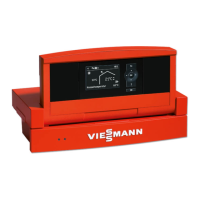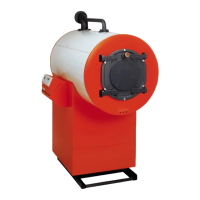Thermal capacity
The thermal capacity in kJ/(m
2
· K) indicates the amount of heat
absorbed by the collector per m
2
and K. This heat is only available to
the system to a limited extent.
Stagnation temperature
The stagnation temperature is the maximum temperature that the
collector can reach during insolation of 1000 W/m
2
.
■ Vitosol-FM, with ThermProtect, approx. 145 °C
■ Vitosol 200-TM with temperature-dependent shutdown, approx.
170 °C
■ Vitosol 300-TM with temperature-dependent shutdown, approx.
150 °C
■ Vitosol-F: Approx. 200 °C
If no heat is drawn from the collector, it will heat up until it reaches
the stagnation temperature. In this state, the thermal losses are of
the same magnitude as the radiation absorbed.
System filling pressure and steam-producing power
Steam-producing power
The steam-producing power in W/m
2
indicates the maximum power
level at which a collector produces steam during stagnation and
transfers it to the system, when evaporation occurs.
Switching flat-plate collectors in solar thermal systems with suffi-
ciently high system pressure no longer produce steam. The steam-
producing power of such collectors is therefore 0 W/m².
Vitosol-FM and Vitosol 300-TM system filling pressure
To prevent evaporation or spread of the solar medium in the solar
thermal system, the system filling pressure of the solar thermal sys-
tem must be increased. At the highest point of the solar thermal sys-
tem, a pressure of 3.0 bar must be present. See page 135. The
static head of the solar thermal system, the pressure reserve for
ventilation, and the supplement for the difference in height between
the expansion vessel and the safety valve, must also be taken into
account when filling the system. Adjust the pre-charge pressure of
the expansion vessel to match the relevant system configuration.
Always adjust the pre-charge pressure of the expansion vessel
before filling the solar thermal system.
Observe chapter "Safety equipment" on page 132.
Vitosol-F, Vitosol 200-TM
System pressure 1.0 bar. This ensures controlled solar medium
evaporation.
Solar coverage
300 350 400 450 500 550
Solar coverage
in %
10
20
30
40
50
60
70
600
80
90
100
Energy (yield) in kWh/(m²/p.a.)
A
B
A
Conventional sizing for DHW systems in detached houses
B
Conventional sizing for large solar thermal systems
The solar coverage indicates what percentage of the annually
required energy for DHW and central heating can be covered by the
solar thermal system.
Designing a solar thermal system always entails finding a good com-
promise between yield and solar coverage. The higher the selected
solar coverage, the more conventional energy is saved.
However, high coverage is linked to an excess of heat in summer.
This means a lower average collector efficiency and lower yields
(energy in kWh) per m
2
absorber area.
Principles
(cont.)
8
VIESMANN
VITOSOL
1
5822 440 GB
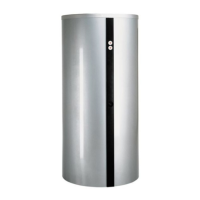
